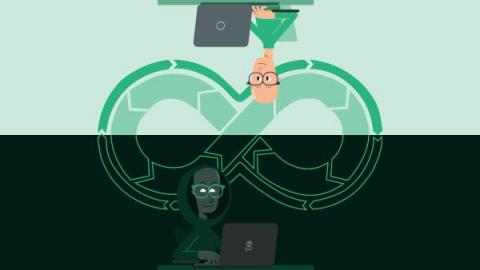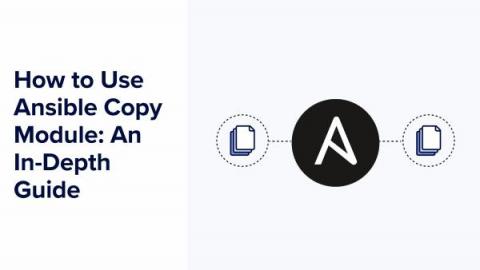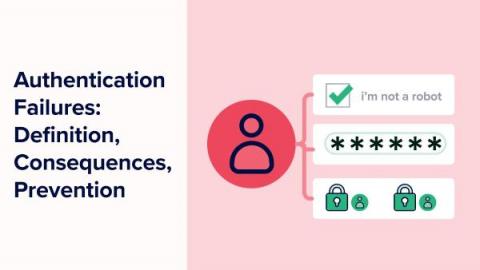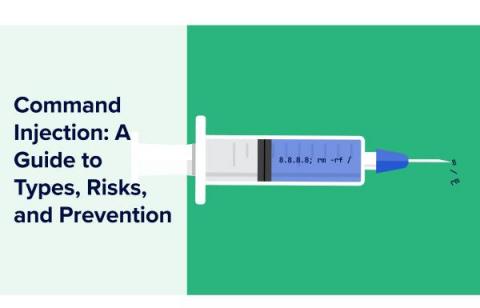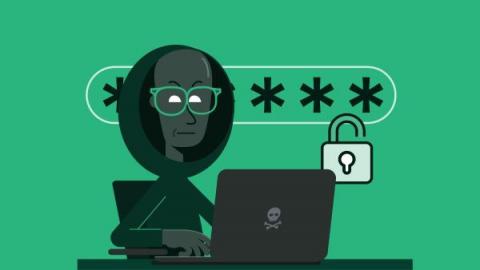The Dark Side of DevSecOps and the case for Governance Engineering
For today’s software organizations security has never been more top of mind. On one side there is the present and growing threat of being hacked by malicious actors, set out in Crowdstrike’s recent Global threat report. And, on the other, there is a wave of cybersecurity regulation from the government to mitigate such cybersecurity vulnerabilities.


